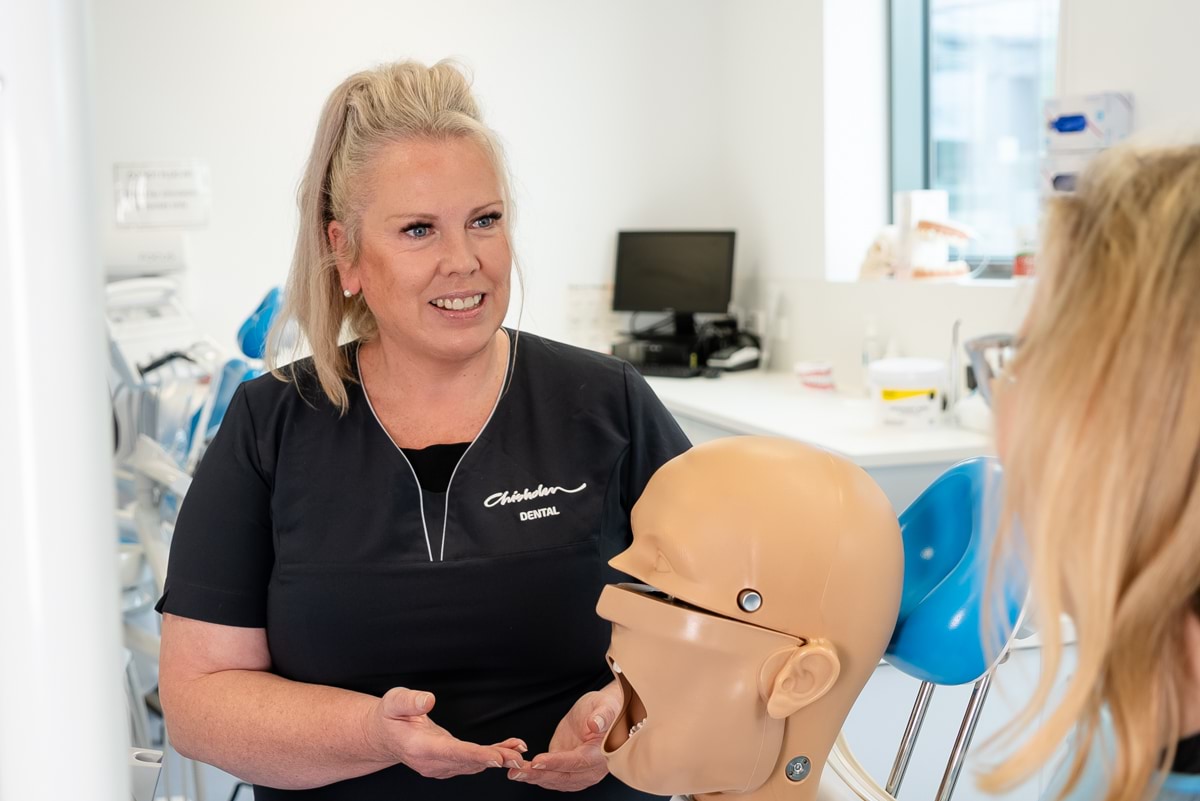Lifting participation in education and training
Action 5: Bridge the gender gap
Attracting more women into the labour force and increasing the number of female workers, particularly in industries and occupations where women are under-represented, is critical.
The Victorian Skills Plan 2022 included several initiatives for implementation, including an action plan for delivery. Three pillars support the first year of this plan:
- A gender impact assessment (GIA) of the skills plan.1
- Analysis to monitor the education and employment outcomes of women who undertake vocational education and training (VET).
- Initiatives to engage with women from diverse backgrounds and promote training that leads to employment.
It is important that programs, initiatives and strategies, such as those in the skills plan, meet the needs of women, men and people who are gender diverse, lead to better and fairer outcomes, and allow all people equitable access to opportunities and resources.
A GIA can help with these by evaluating whether a policy, program or service:
- does everything it can to ensure resources are distributed and used equally
- considers the different needs of people of all genders
- benefits all through equity of access
- has the potential to influence broader social norms and gender roles in society.
The Victorian Skills Authority (VSA) completed a GIA of the Victorian Skills Plan 2022 in collaboration with the:
- Office of the Victorian Commissioner for Gender Equality
- Office for Women within the Department of Families, Fairness and Housing
- Department of Education.
The assessment showed that Victorians of all genders were adequately included in the decision-making process behind the plan.
The GIA continues to inform future VSA work such as better understanding of the impact of gender inequality in VET and in labour market participation. Other initiatives include identifying opportunities to address barriers to equitable participation in education and training, and increasing the number of female workers, particularly in industries and occupations where women are under-represented.
To improve female participation in education and training, the VSA has undertaken work to monitor, analyse and report on the education and employment outcomes of women who enrol in training.
Victorian Student Satisfaction Survey
The VSA’s Victorian Student Satisfaction Survey 2023 shows women primarily engage in training to find better employment or to return to the workforce. It also finds that women who undertake government-funded training have improved their employment outcomes. Women are also increasingly successful in achieving their main reason for training (74.5% in 2023 compared to 72.6% in 2022). In 2023, more than 80% of women were employed post-training, and more than half of them achieved an improved employment status after training. There were over 39,000 female respondents (who undertook accredited training) in the 2023 survey.
TAFE Network Statement of Priorities
Many women are employed in high demand occupations after completing training. In 2022, around 22% of female VET students were employed in one of the top 20 occupations in demand. The Victorian TAFE Network is tracking and reporting on the participation of women in non-traditional trades such as ICT or construction as detailed in the TAFE Network Statement of Priorities.
Eligibility for government-subsidised training
The recent changes to eligibility for government-subsidised training is supporting more women into training and employment. In January 2023, the government removed the once-in-a-lifetime limit on Free TAFE, enabling all learners to access more than one Free TAFE course and continue their studies in priority areas, many of which employ a high proportion of women.
The government also removed the up-skilling rule, which means that more Victorians can access government-subsidised training regardless of the qualifications they already hold. In 2022, women represented 58% of Free TAFE commencements.
Notes
1 Commission for Gender Equality in the public sector (2023) Introducing gender impact assessments(opens in a new window)
Updated
